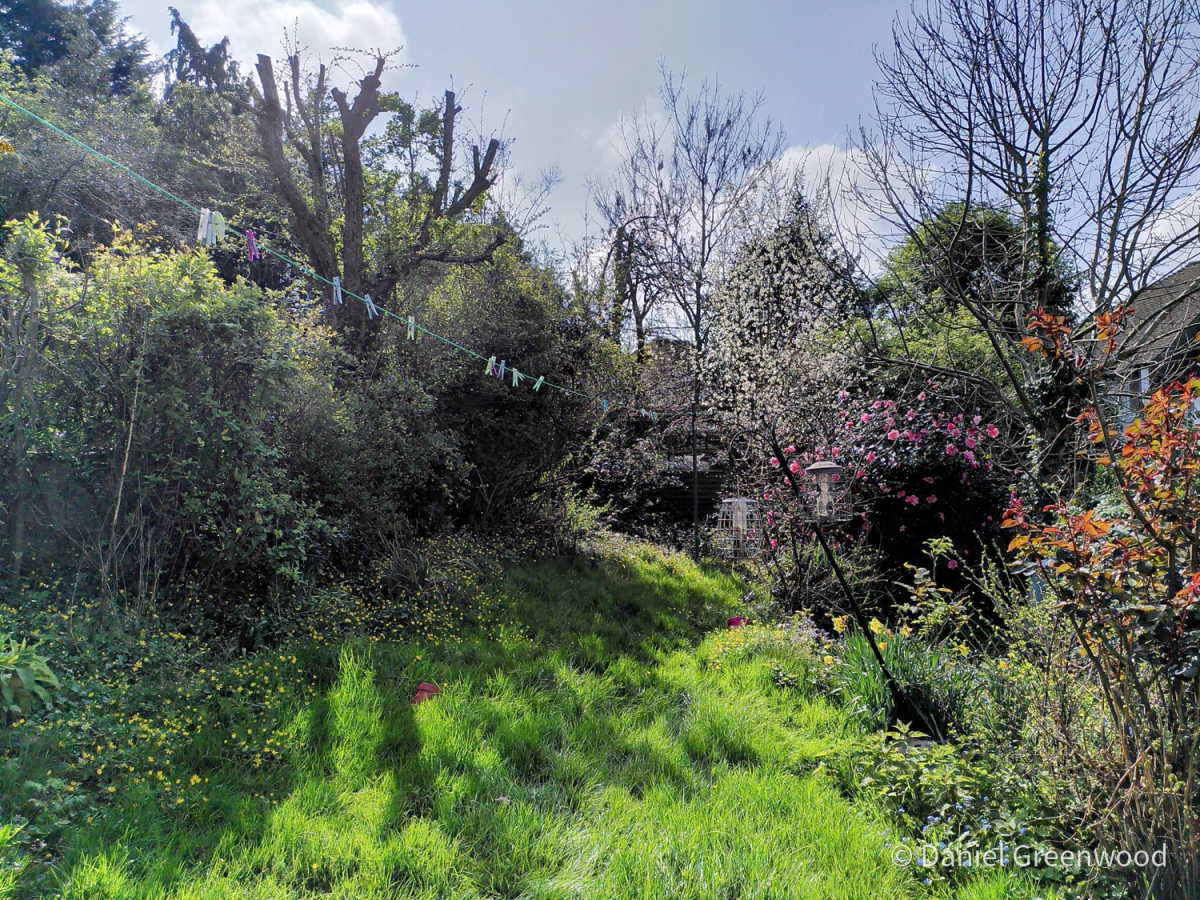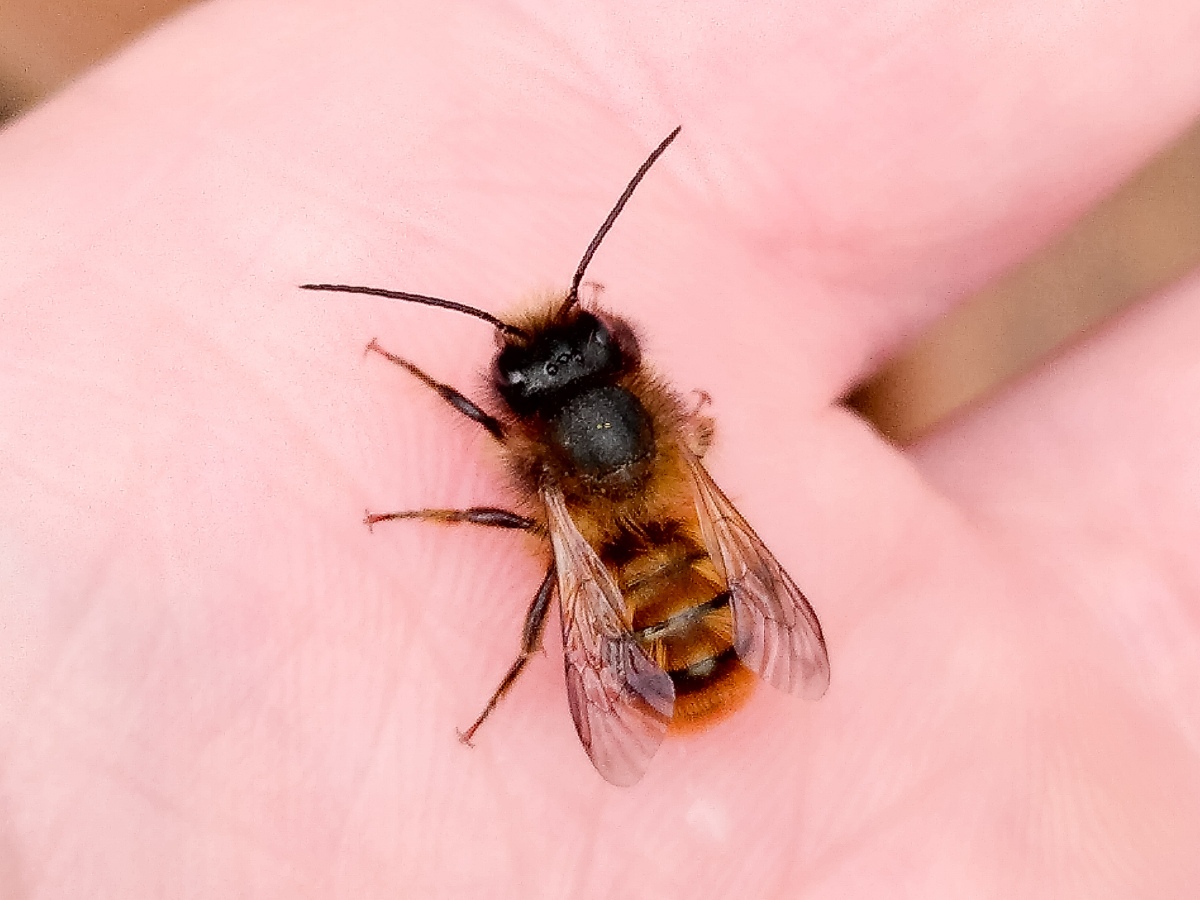It has been a torrid spring and summer for street trees in southern England. We are breaking all the records for extreme heat and also enduring drought conditions. Street trees have it tough, not only because of the lack of rain but because it can be hard enough for them to access water anyway.
That was hammered home with a tweet I saw recently of someone who had replaced the verge outside their house (not their verge) with plastic grass. The verge was also home to a tree, which will have probably suffocated due to lack of air through the soil and only being able to access water underground.
That said, it has been known for tree roots to seek out water over long distances. Some trees will cross underneath roads to quench their thirst. This becomes increasingly more understandable when you learn that a tree’s roots often extend twice the distance of their height in length under the soil.
Weakened trees on city streets almost always end up with wounds that they struggle to heal, leaving openings for fungi to invade. It is perfectly normal and natural for fungi to grow on trees, and many of them are beneficial. They can help to remove excess dead wood and also act collaboratively with a tree’s roots to trade nutrients.
Some fungi will cause a tree to fail mechanically or biologically. Some will just look like a massive vegan cheeseburger attached to a tree.
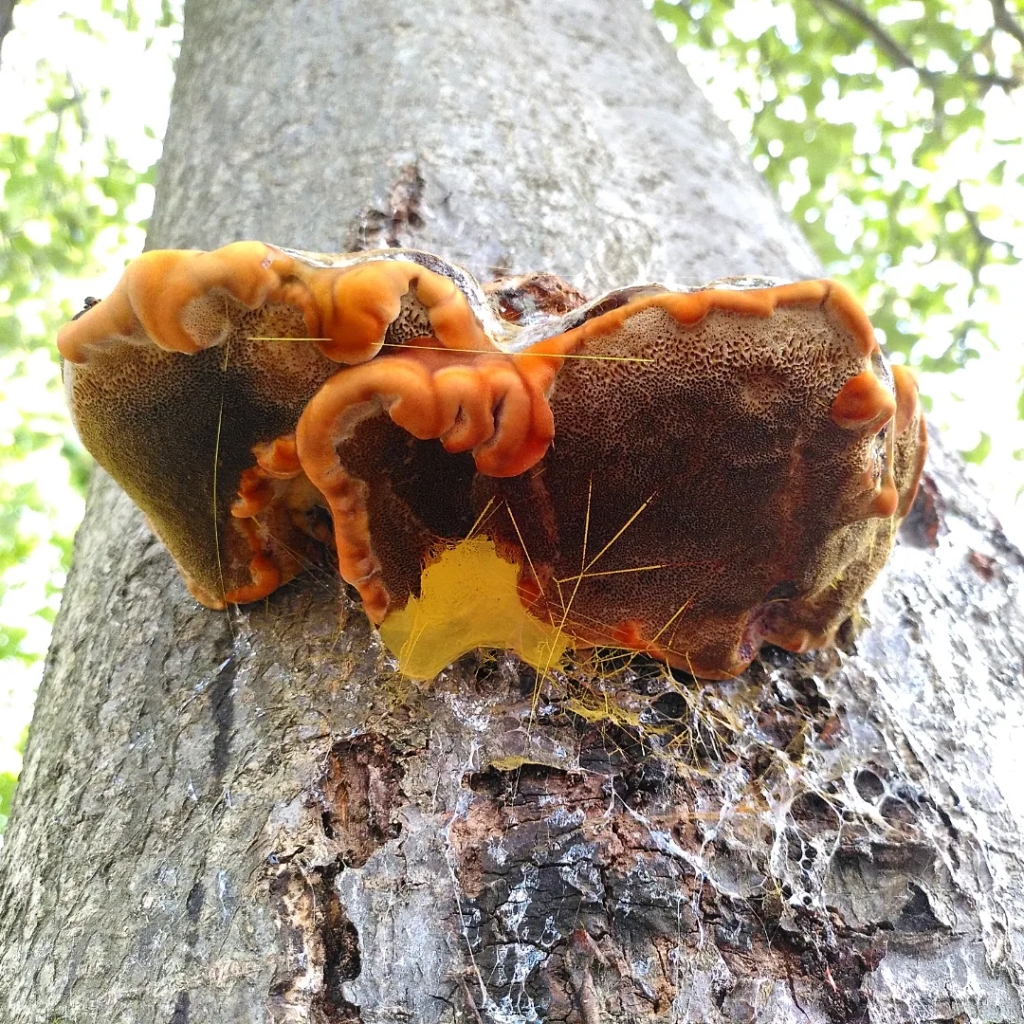
I encountered this bracket fungus on a street tree in south London recently and was amazed by the yellow spider silk and webbing. This is the product of the yellow spores the fungus evidently produces, so miniscule that they attach to the sticky silk and turn it fast-food cheese yellow.
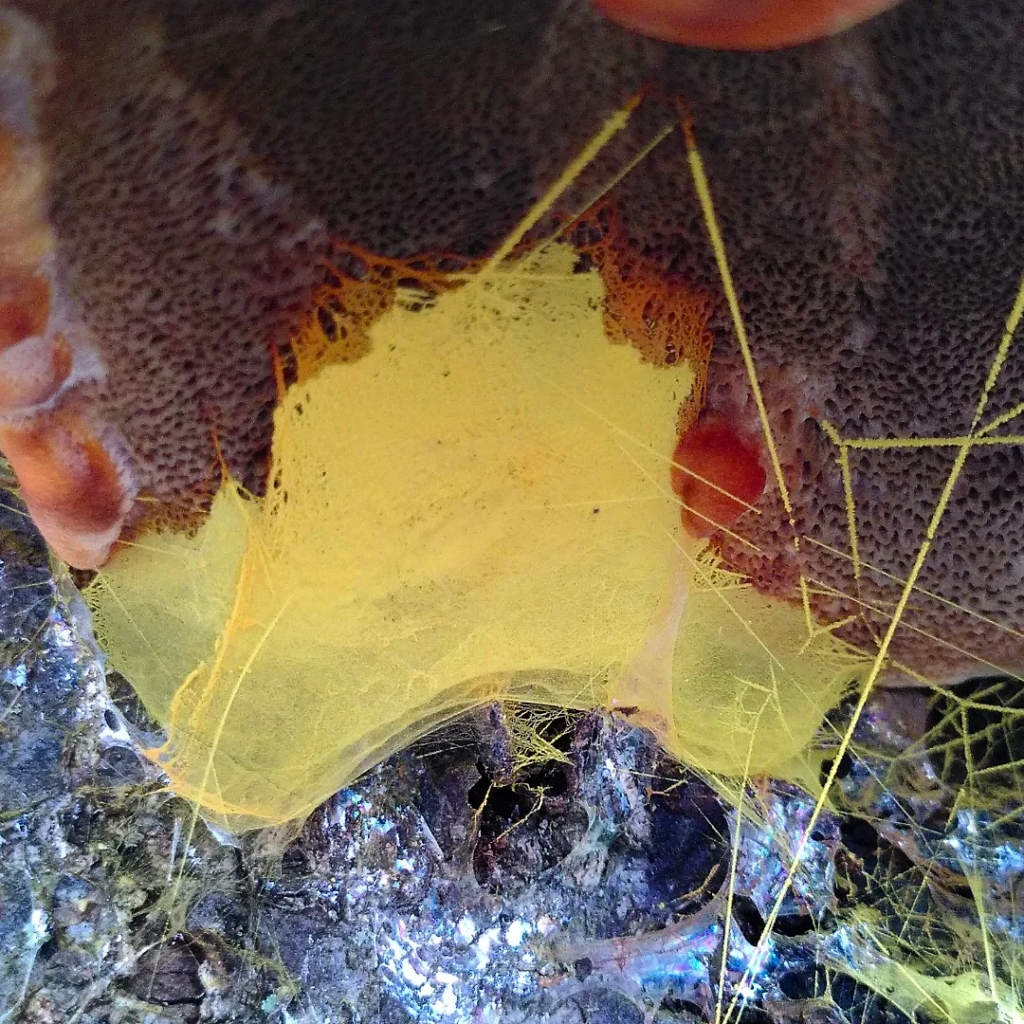
The spider that made this web must really be confused by this situation. Perhaps it’s happy with the random redecoration that’s occurred. I wouldn’t mind, it’s actually the colour of my bedroom wall!
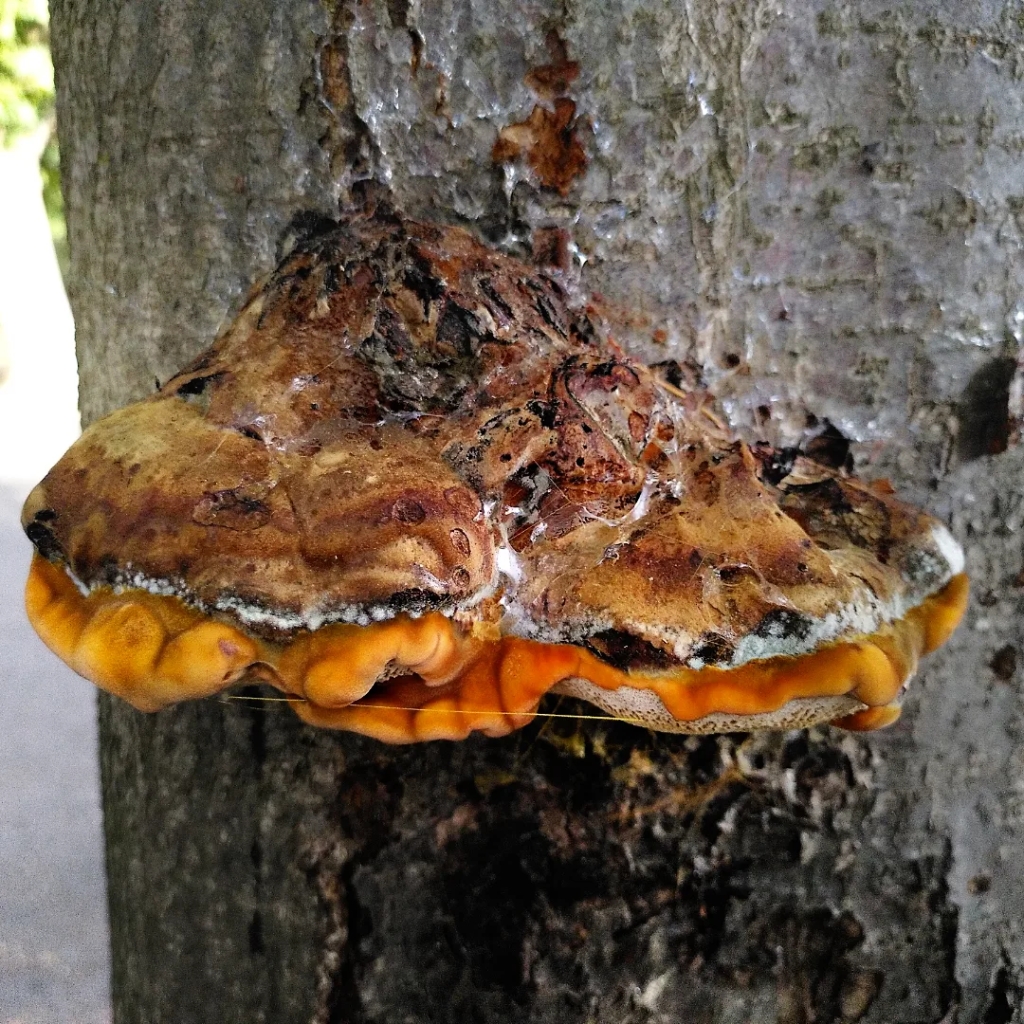
I am fairly certain this is Inonotus hispidus or shaggy bracket. It’s a surprise to see it at eye level, whereas it’s usually very high in a tree. You may have seen it as a black fungus sitting at the bottom of a tree trunk. By that point it has finished fruiting and has fallen from its perch. It’s usually on ash but on this occasion was on a whitebeam (Sorbus). If you go walking in an ash woodland at this time of year do take a moment to crane your neck and see if you can spot one up there in its shaggy glory before it comes crashing down to earth.
Thanks for reading.
Latest from the Blog
Camera juggling in the mud 🤳
I recently upgraded my phone from a Fairphone 3+ to a G**gle Pixel 7a. The Fairphone dream is dead for me. I bought the Fairphone 3+ looking for a sustainable option that would last a long time and be invested in. Instead two new models were soon released and the 3+ was effectively archived. The…
First ichneumon wasp of 2024 🐝
You know it’s spring when the bees and things start getting trapped indoors again. I visited my mum on Easter Sunday and her kitchen (which has lots of windows) turned into a veritable insect survey trap. Not just the ‘horrible flies’ she pointed out, but this lovely ichneumon wasp which I rescued with a glass…
First solitary bees of 2024 🐝
Four years ago I was starting a weekly Macro Monday photoblog as we entered into the Covid-19 restrictions. Now I reflect on how that extra time helped me to post more regularly on here, and just how hard I find that now in the post-pandemic lifescape. I’ve not got into macro mode proper yet this…


